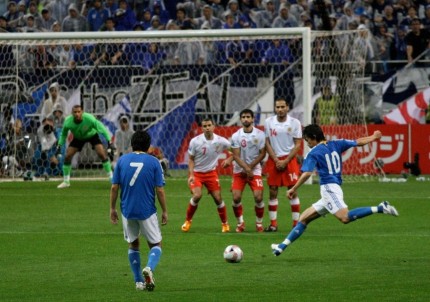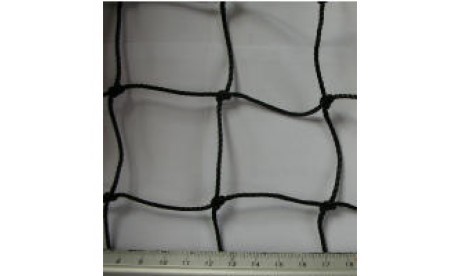Golf is not easy but it is certainly enjoyable. As a very sociable sport, golf can be enjoyed to the max if you can familiarise yourself with some of the most commonly used jargon, including:
-
Amelia Earhart
This is when a golfer is having trouble looking for a ball that was hit into the air.
-
Christmas Present
When a golf ball is placed or positioned underneath or behind a tree, it is like a Christmas present!
-
The Jaws
This jargon is used when the ball is heading straight for the hole but for some reason it doesn’t sink. Then you can say “It was right in the jaws!”
-
Juicy Lie
This term is used when the ball lands in the perfect spot, thus opening up an opportunity to take a nice shot! It is like a give-a-way shot.
-
Jungle
When the golfer accidentally lands the ball in the deepest and coarsest area of the course, you call that a “jungle.” A jungle is harder than the lumberjack.
-
The Kick
This jargon is used when the golfer or the opponent is hoping the ball will land nicely, so that when it is their turn to take the next shot it is perfectly positioned.
-
Kitty Litter
Also known as the “cat box,” this jargon is used to describe the dugout sand that can be found on the golf course.
-
The Lumberjack
It is really upsetting when the ball lands among the trees and away from the fairway. When this happens, the golfer will try to escape the woods but in an attempt to escape the woods the ball continues to hit the trees. This is called “lumberjack.”
-
The Mickey Mouse Course
This means that the golf course is not a high quality, maintained course. This golf course serves as a bad example among other golf courses.
-
Milk the Grip
When golfers are concentrating but they cannot decide which hand to grip the swinging club, they will perform an action like “milking a cow,” wherein they continue to tighten or loosen their grip.
-
Sunblock
This is for golfers who spend most of their time in the bunkers.
-
Victory Lap
This refers to one of the best shots a golfer can experience. This shot is oddly satisfying, as the ball goes round and round on the rim before finally falling into the hole, thus a Victory Lap!
Golf Jargon is only used by golf enthusiasts. It is like a secret code and only those that are in the know will understand what is being said.
If you are interested in other jargon including football jargon, you can click here.

















